Original Blog Post: What Is Blue and How Do I Use It? - Spreadshop
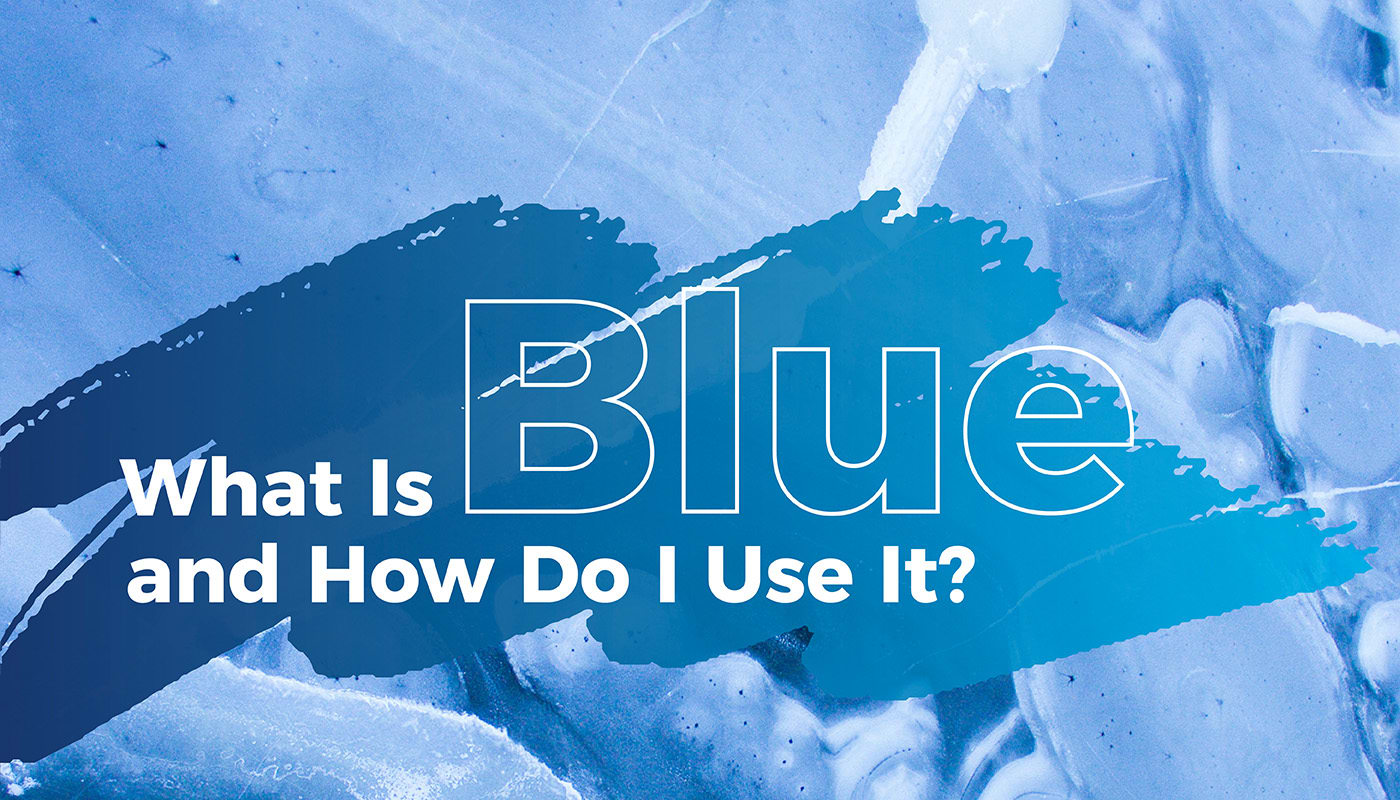
Blue makes us think of the sea and the sky and triggers a feeling of expansiveness and confidence. The color blue stands for calm, peace, and serenity, but it can also have a melancholic effect. Americans love it – 28% say that blue is their favorite color, more than any other. If we take a closer look at the color, it becomes clear why it is so popular in marketing.
Want to know how the color blue functions and what associations it evokes? Then read on.
What does blue mean?
Let’s start from the beginning; the English color word “blue” goes back to the Proto-Germanic *blaewaz, through the Frankish or Germanic *blao and the Old French blo or bleu, and the modern spelling has been around since the 16th century. Interestingly, many of the original root words in other languages mean something like “blonde, pale, light-colored, the color of the clear sky” – this then moved from light like the sky to blue like the sky.
The color blue also had a bumpy start in ancient languages, with many early cultures having no word for it – possibly because outside the ever-changing sea and sky it occurs very rarely in nature. In Homer’s Odyssey the blue sea was referred to as “wine-dark”, for example. Only after there were words for red, yellow, and green – and long after there were words for black and white – was the color blue identified and named. The first people to do this were the ancient Egyptians, who were also the first people to produce artificial blue dyes.
In the English language we have many idioms related to the color blue, which can give us some hints as to what it means:
- Blue blooded – aristocratic, royal, or wealthy
- The blues – feeling depressed and melancholic, hence the music genre
- Blue-chip stocks – reliable, safe investments
- Out of the blue – something happening unexpectedly
- Once in a blue moon – very rarely, hardly ever
- To go off into the blue – to vanish, disappear into the world
From these idioms we can start to see the themes of stability and responsibility, melancholy and sadness, and expansiveness and eternity.

What is blue in color theory?
The color blue, along with red and yellow, is one of the three primary colors. Blue is not created by mixing colors, but forms a basic building block for many other colors. Blue has many varieties, ranging from green-tinted to purple hues. Light blue tones give a feeling of freshness and lightness, while dark blue tones create feelings of sincerity, security, sovereignty, and responsibility.
Some popular shades are:
- Turquoise – a mixture of blue and green, symbolizing wisdom, healing, and protection.
- Baby blue – a highly desaturated, pastel shade of blue that is gentle and tranquil.
- Navy blue – the deepest shade of blue, associated with dignity, authority, and dependability.
- Sky blue – just like it sounds, blue like the sky; stands for peace, serenity, infinity, and etherealness.
- Azure – a darker version of sky blue, meaning trust, loyalty, and understanding.
- Indigo – a deep shade of blue with a mixture of violet, commonly used as a dye for denim. It symbolizes integrity, intuition, and devotion.
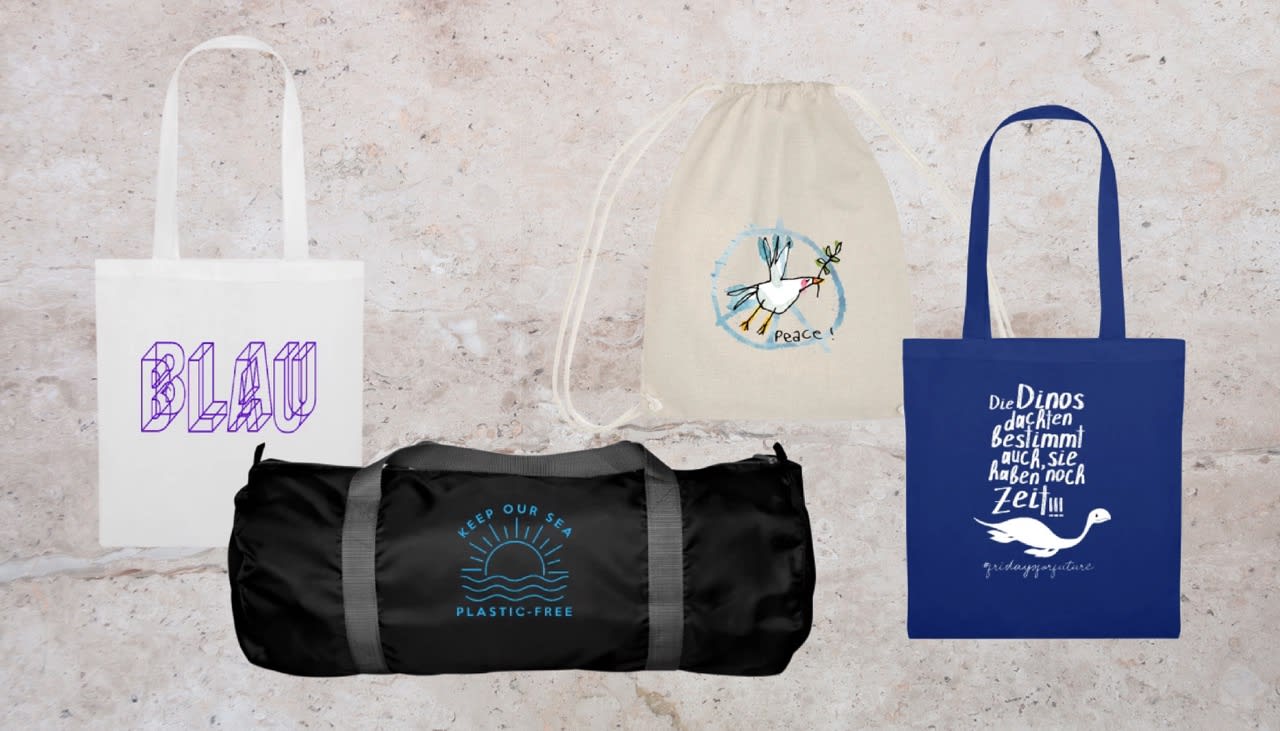
Where do we find blue?
The first and most obvious places we find blue in nature are the great expanses of the sea and the sky, and the universe is often represented as a deep blue-black. Apart from a few blue flowers (for gardeners, hydrangeas, thistles, and irises) and a handful of precious stones (for geologists, agate, aquamarine, chalcedony, and lapis lazuli) the color blue hardly appears in nature. However, blue light is everywhere – it travels further than red and green wavelengths, which is why the sea and sky appear blue to us.
When it comes to food, blue is even rarer; only a few natural foods are blue, like blueberries and plums. This means the color seems very unnatural when it is artificially added to foodstuffs, although many manufacturers use it on packaging to represent lightness and freshness – for example in low-fat versions of other products.
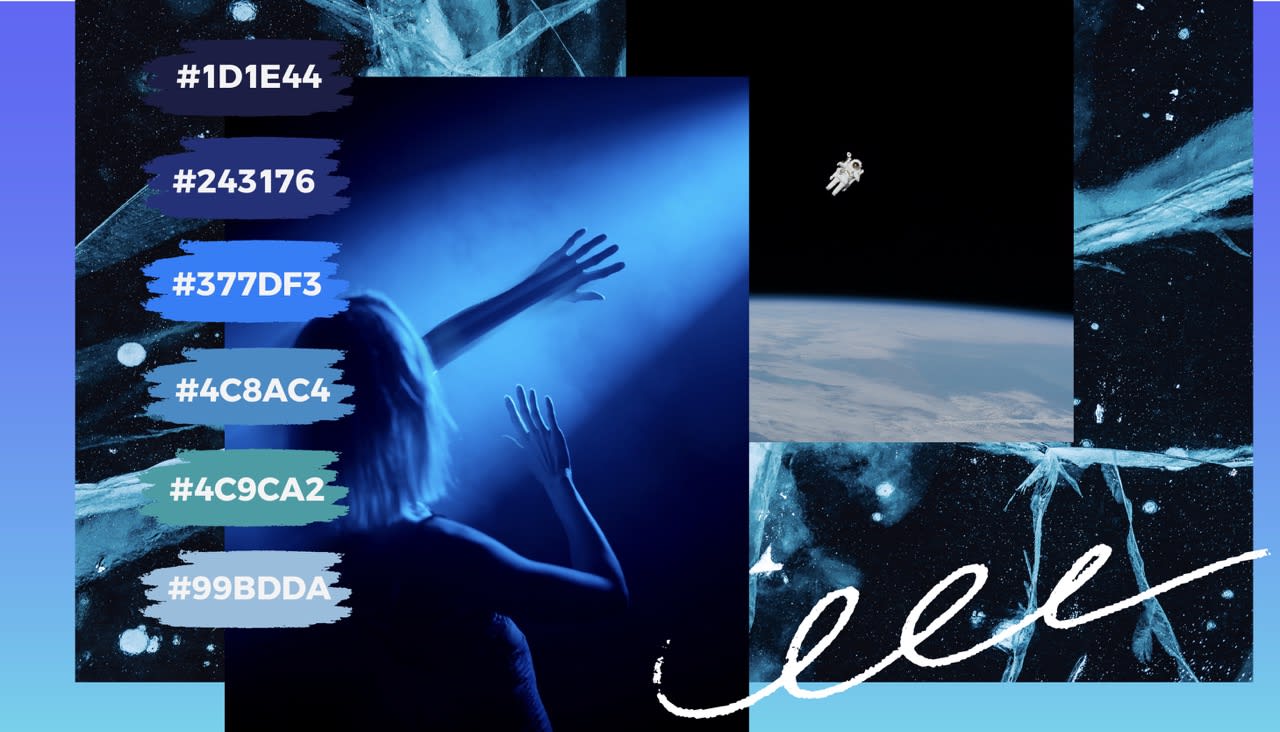
What did blue stand for in the past?
Possibly due to its rarity and associations with the infinite sky, blue has long been associated with the special. In France, for example, blue robes were only intended for members of the royal family.
In ancient times, blue was often considered the color of spirituality and the gods – the ancient Egyptians painted their statues of the gods with blue, and Indian gods had blue heads or blue skin.
Similarly, blue was often seen as a mystical color. Many people believed that blue lights – will o’ the wisps – lured travelers into dangerous swamps. In other places, people believed in benevolent aliens and enticed them to visit by painting the doors and windows of their houses blue. This is where the famous blue doors in Greece come from, and that tradition has carried through until today.

What does blue stand for today?
Calm, stability, reliability, friendship, and peace; the color blue awakens many positive associations in us today. It stands for vastness and infinity and gives us a feeling of security. Many insurance and financial service providers therefore rely on the color blue in their corporate branding.
Ever since medieval times, the color blue has also stood for fidelity. This meaning continues to the present day, which is why it is still traditional that the bride wears something old, something new, something borrowed, and something blue on their wedding day.
2020 was the year of blue – blue was the major trend color in both fashion and interior design. While wall colors and furniture mainly maintained a timeless and elegant dark blue, more intense blue tones found their way into the fashion world.
While blue has many positive associations and evokes feelings of serenity and calm, it also has a cool, distant, and pensive effect. These meanings are related; while the stability and calm of eternity can reassure us, they also create a sense of detachment, loneliness, and melancholy. Pablo Picasso often used the color in his paintings to express his negative mood.
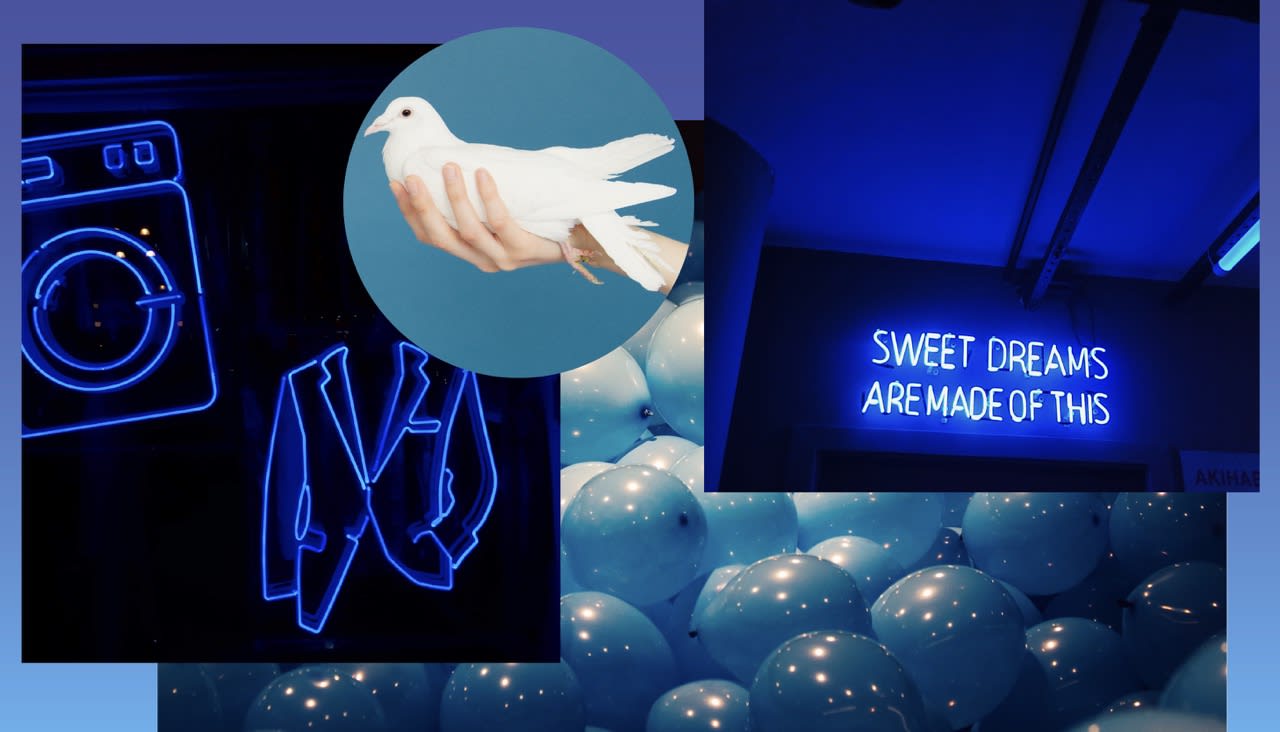
What is the emotional effect of blue?
Blue has a positive effect on our nervous system and above all a calming effect – probably because we are constantly surrounded by the color and the blue sky is one of our first impressions in infancy. The effect of the color blue and its many positive associations are the reason that blue is often used in color and light therapy. Blue light can help with anxiety, sleep disorders, and heart palpitations by promoting relaxation.
The power of the color is also evident in blue light therapy, mainly used to treat or prevent neonatal jaundice and skin disorders such as acne, neurodermatitis, and psoriasis.
Various studies, such as on from the University of British Columbia in Vancouver, also suggest that the color stimulates our creativity and evokes new, better problem-solving strategies.
Depending on the shade, however, blue can also evoke negative associations. Especially dark blue tones have a melancholic, pensive, and sometimes depressing effect.
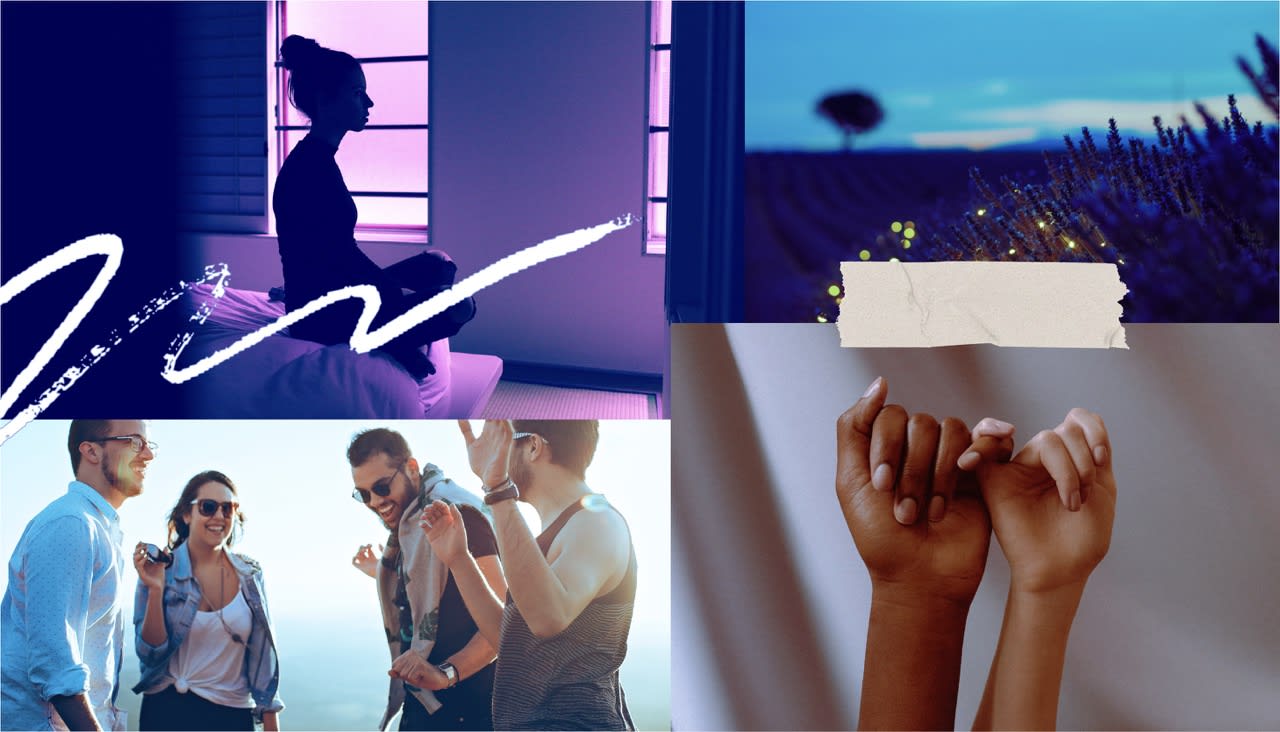
Associations with the color blue
The color blue gives us a feeling of security. We associate it with:
- Loyalty, reliability, trust
- Consistency, clarity, order
- Peace and harmony
- Calmness, relaxation, serenity
- Patience and balance
Looking into the distance we see the blue horizon, so we associate it with:
- Depth
- Expansiveness
- Infinity
- Spirituality
Blue belongs to the cold colors. We also associate blue with:
- Cool
- Distance
- Melancholy
- Grief
- Loneliness
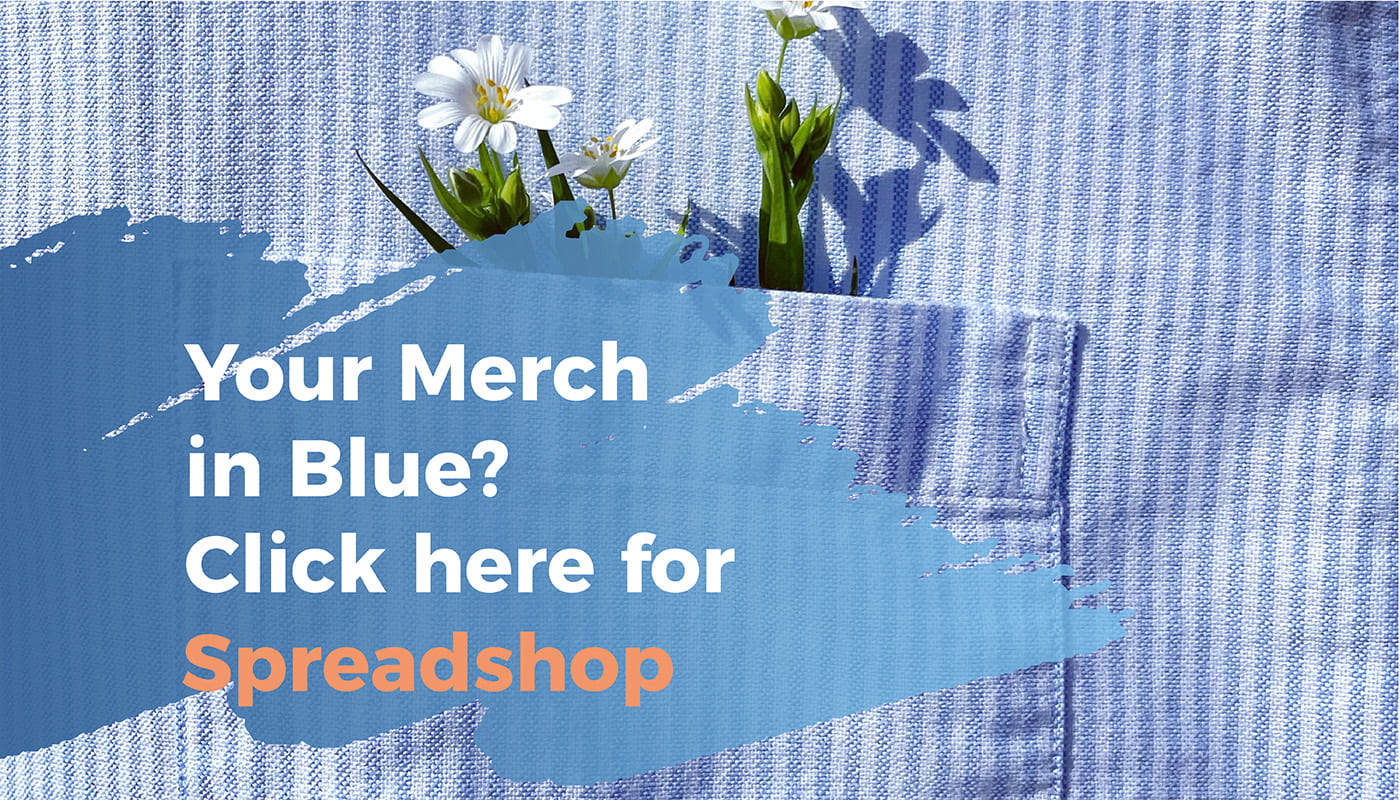
How does blue work in rooms?
Blue has a cool, clean, and relaxing effect on the body and soul. Blue color reduces aggressiveness and strengthens emotional stability, which is why we often see it in wellness and meditation rooms. Turquoise shades also suggest health and wellbeing, which is why we find it in places of healing.
- In children’s rooms and bedroom, blue walls help you fall asleep.
- In the study, intense shades of blue stimulate thought and increase productivity and creativity.
- Blue symbolizes vastness and makes a room seem larger.
- As a cold color, blue can be wonderfully combined with warm tones such as yellow, orange, or red. This creates a great sense of contrast.
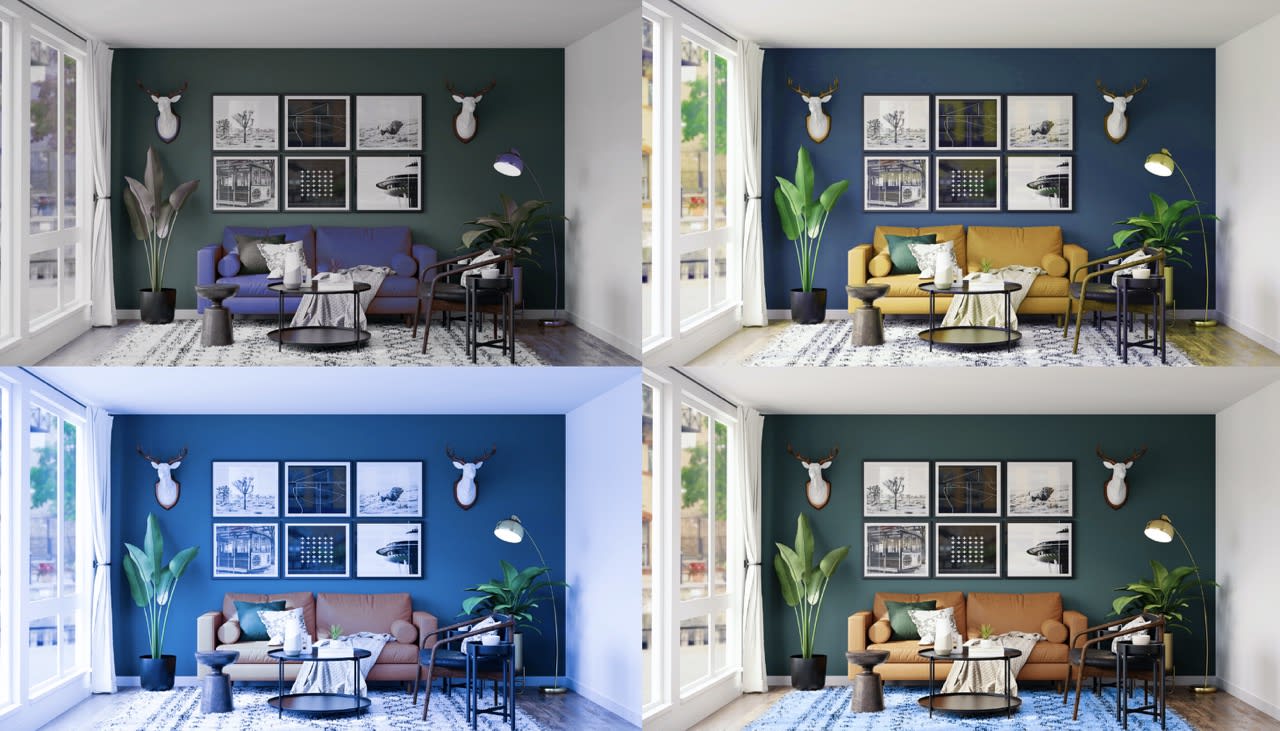
How does blue clothing work?
Blue is always in fashion. The color has always been at the forefront of the fashion world, and probably will always be. What would we do without our blue jeans?
In fashion, the color radiates calm and confidence – which is why businesspeople traditionally wear blue suits, especially for important appointments.
- Dark blue radiates confidence, reliability, and elegance – perfect for a formal appearance.
- Light blue looks delicate and is a great choice for spring or summer. Light blue also looks light, cool, and uncomplicated.
- Bright, intense shades of blue radiate extravagance and creativity – perfect for bold and extraverted people.
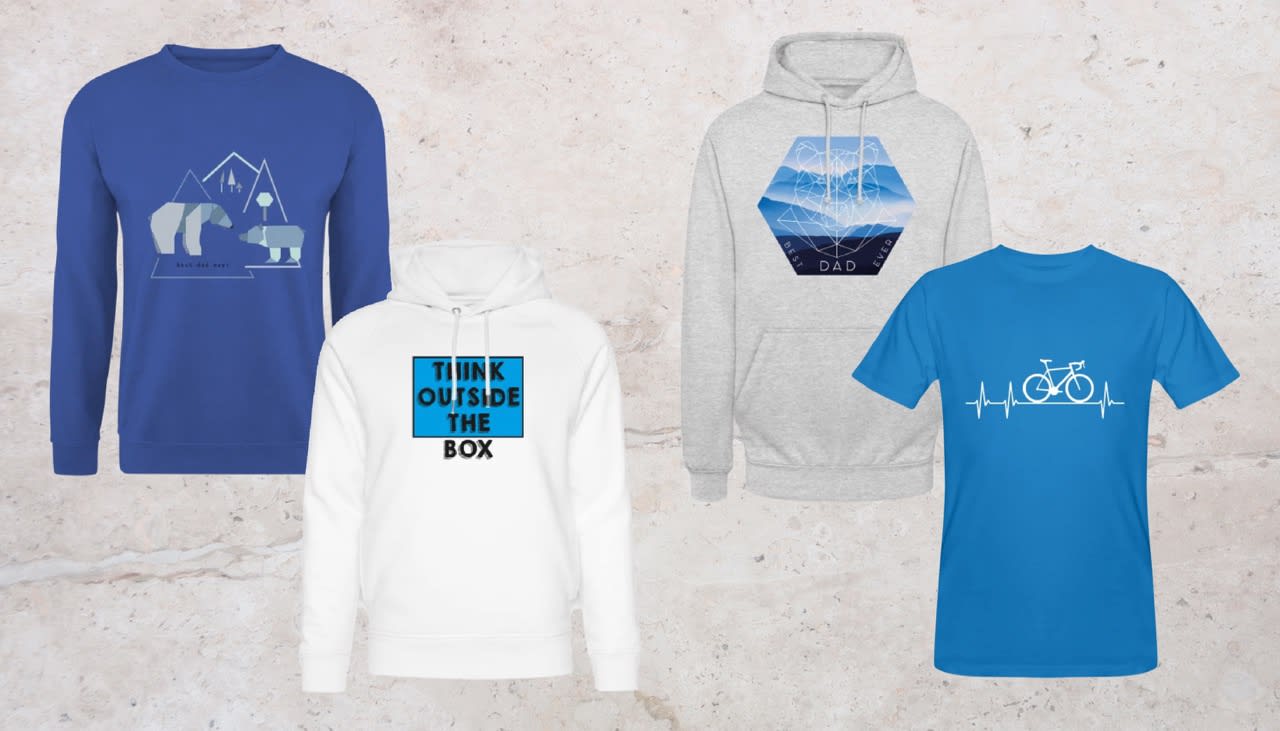
What are the blue brands?
Blue is not only the favorite color of Americans, but is also popular with many companies. Have you ever noticed that many social media platforms and communication services have blue logos? If we remember that the color evokes many positive associations in us and above all stands for trust and security, this is a pretty smart color choice – after all, trust around data protection is becoming increasingly important.
The world-famous logo of Facebook (and now Meta) looks weightless and light due to the combination of white and blue. It is simple, eye-catching, and clean. The blue says, ironically, you can trust us.
Twitter’s blue bird is a symbol of freedom, hope, and limitless possibility. On Twitter, you can think outside the box, discover new things, and be inspired. The light blue makes their logo look bright and carefree.
Skype
Many people will remember the Skype logo as a cloud or as several connected circles. The original logo was red, but in 2005 the company opted to change to a harmonious blue. Since 2019, Skype has moved to the new, simple logo with the white letter “S” in a blue circle. The blue represents security and reliability – both in terms of connection and your data. It also symbolizes borderlessness, because with Skype you can easily communicate with people all over the world.
PayPal
Secure payments with PayPal – the well-known payment service chose their blue logo very deliberately. Through the combination of the dark blue “Pay” and the light blue “Pal”, the brand stands out against other brands in the financial sector and stands above all for openness.
Samsung
The Samsung logo first appeared in blue in 1993, with the first iteration of their high-tech products. The blue elongated oval established a connection to the universe and thus to the meaning of the name Samsung – “Three Stars”. The oval was removed in 2005 but the color remained, and today suggests security and trust in Samsung’s products.
How does blue work in logos and designs?
There are many good reasons to choose blue for your personal branding or designs; while blue evokes many associations in us, it triggers fewer emotions and less passion than other colors. Unlike other colors, blue retains its character throughout its hues and shades – nicely mirroring its meaning of consistency. Blue appears clear, dependable, and trustworthy and is therefore probably THE color for business – especially when security is important.
Always remember, people are visual beings. Even more visual than you might think. Color influences our behavior – we perceive it subconsciously and then make our decisions. Whether your entire website or just smaller elements, the color blue can have a powerful effect. Leave nothing to chance and use the color in your projects.
Industries and topics where the color is popular:
-
- Banks and finance – trust and reliability
- Social media – communication, trust, and honesty
- Science and technology – reliability, confidence, and tranquility
- Medicine – trust, healing, and reliability
- Automotive and airlines – safety and reliability
- Hygiene and cleaning – freshness, cleanliness, health
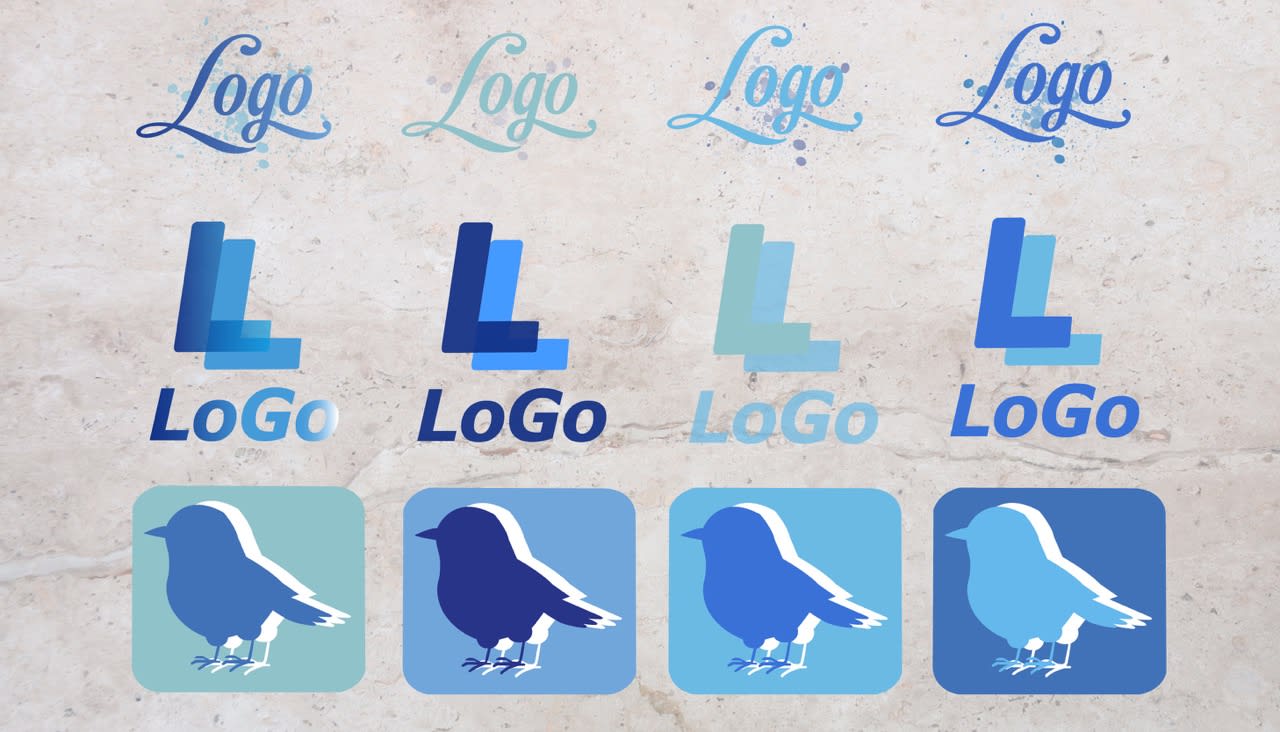
Feeling inspired? Put your new knowledge to work in your Spreadshop. Create feelings of confidence and freedom with the color blue – or just use it in designs because it’s the world’s favorite color! Your free Shop is just a few clicks away.
